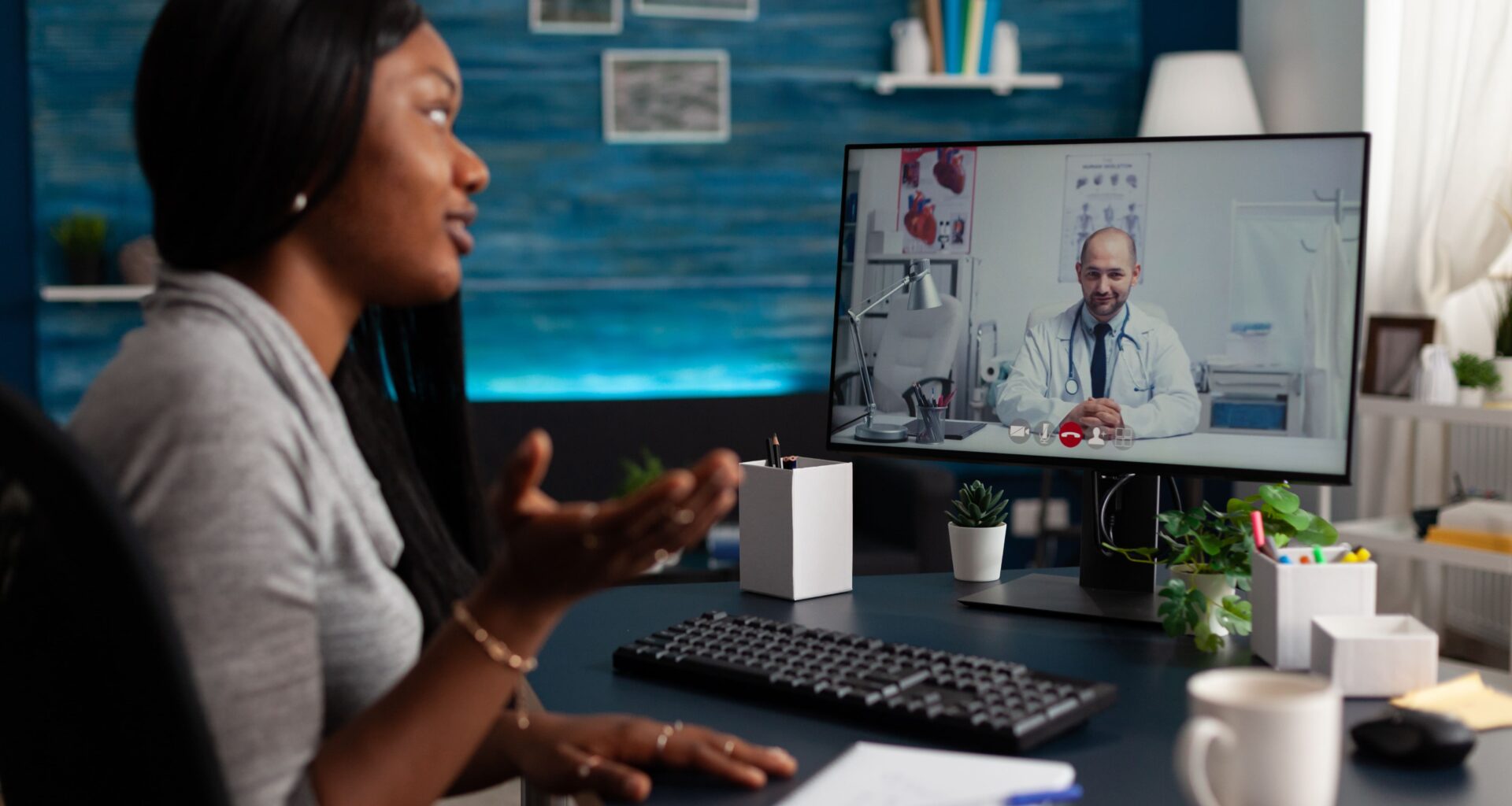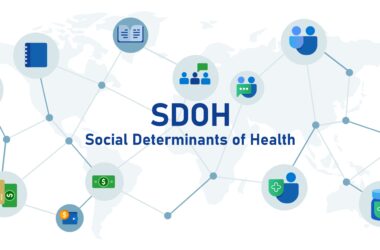The American Lung Association brought into clear focus that lower socioeconomic status consistently increased the chance of premature fatality from fine particle pollution among 13.2 million Medicare recipients in the US. This is an example of a health disparity. This disparity, along with many others, is a major concern in today’s healthcare system, particularly for individuals in underserved communities. Fortunately, a new wave of technology offers a promising solution: telemedicine.
Let’s explore the concept of telemedicine in detail before discussing its role in bridging the gap caused by health disparities.
What is the health disparity?
Health disparities are the differences in health outcomes and access to healthcare services among varied populations. These differences are often influenced by social, economic, environmental, and other factors. Here are some examples of health disparities:
Racial And Ethnic Disparities
- Infant Mortality: African American infants have higher mortality rates compared to white infants in the United States.
- Diabetes: Hispanic and Native American populations have higher rates of type 2 diabetes compared to non-Hispanic whites.
- Cardiovascular Disease: African Americans are more prone to suffer from hypertension and heart disease compared to other racial groups.
Socioeconomic Disparities
Access to Care: Individuals with lower socioeconomic status (SES) often have limited access to healthcare services, leading to delayed diagnoses and treatments.
- Health Insurance: People living in poverty are less likely to have health insurance, which affects their ability to receive timely medical care.
- Chronic Diseases: Low-income populations are more likely to suffer from chronic conditions such as asthma, obesity, and diabetes due to factors like poor nutrition and limited access to healthcare.
Geographic Disparities
Rural vs. Urban: People living in rural areas often face barriers to healthcare access, including fewer healthcare providers, longer travel distances, and limited transportation options.
- Environmental Hazards: Certain communities, often low-income or minority neighborhoods, may be more exposed to environmental hazards such as pollution, which can lead to increased rates of respiratory illnesses and related health problems.
Gender Disparities
- Mental Health: Women are more prone experience depression and anxiety, while men are more likely to die by suicide.
- Reproductive Health: Access to reproductive health services, including contraception and maternal care, can vary widely, affecting outcomes for women.
- Chronic Pain: Women are more prone to experience chronic pain conditions and often receive different treatment compared to men.
Disparities In Disability
- Access to Services: People with disabilities may have difficulty accessing healthcare facilities and services due to physical barriers, lack of accessible equipment, and inadequate provider training.
- Preventive Care: Individuals with disabilities are less likely to receive preventive care services, like the cancer screenings and vaccinations, leading to poorer health outcomes.
Age-related Disparities
- Elderly Care: Older adults may face challenges in accessing healthcare due to mobility issues, financial constraints, and inadequate support systems.
- Pediatric Care: Children from low-income families or certain minority groups may have higher rates of preventable diseases due to lack of access to immunizations and regular healthcare.
These examples illustrate the multifaceted nature of health disparities and the importance of addressing the social determinants of health to achieve health equity.
Telehealth And Healthcare Disparities
For many individuals, specifically those in underserved communities, traditional healthcare access can be limited. Factors like transportation difficulties, long wait times, and absence of culturally competent providers all contribute to these disparities. Telemedicine can bridge this gap by:
- Increasing Accessibility: Virtual appointments eliminate geographical barriers, allowing you to connect with specialists regardless of location.
- Enhancing Convenience: Telehealth offers flexibility, enabling you to schedule appointments around your busy schedule.
- Promoting Diversity: The wider reach of telemedicine can connect you with a broader range of healthcare providers, potentially increasing the likelihood of finding someone who understands your cultural background and specific needs.
Culturally Competent Care Through Telemedicine
So, how can we leverage telemedicine to ensure culturally competent care? Here are some key steps:
- Communicate Your Needs: During your appointment, openly discuss your cultural background and any preferences you have for your care plan.
- Do Your Research: Look for healthcare providers who advertise themselves as culturally competent or who have experience treating patients from diverse backgrounds. Telehealth platforms can boost your search options.
- Utilize Translation Services: Many telemedicine platforms offer built-in translation services, ensuring clear communication regardless of language barriers.
The Future Of Telemedicine And Culturally Competent Care
Telemedicine holds immense potential to transform healthcare delivery, particularly for underserved communities. By enhancing access to culturally competent care, it helps patients to manage their well-being in multiple ways:
- Breaking Geographical Barriers: Previously, distance from specialists could limit access to the best care. Telehealth eliminates this barrier, allowing patients in remote areas to connect with qualified providers regardless of location.
- Combating Transportation Challenges: Transportation difficulties are a major challenge for many, especially those who rely on public transportation or lack reliable vehicles. Telehealth eradicates the need for travel, making appointments more accessible.
- Flexible Scheduling: Traditional in-person appointments often require taking time off work or adjusting busy schedules. Telehealth offers greater flexibility, allowing patients to schedule consultations during evenings, weekends, or even lunch breaks.
- Building Trust And Comfort: For some patients, cultural differences can create communication barriers with healthcare providers. Telehealth consultations can feel less intimidating for some, potentially leading to more open communication and a stronger patient-provider relationship.
As telemedicine technology continues to develop, we can expect even greater strides in closing the healthcare disparities gap. Here are some exciting possibilities:
- Language Integration: Advanced translation services seamlessly integrated into telemedicine platforms can ensure clear communication regardless of language spoken.
- Virtual Reality (VR) Applications: VR simulations can be used to create culturally relevant educational tools or even provide exposure therapy for specific phobias that might hinder healthcare access.
- Remote Monitoring Tools: Telehealth can be used to remotely monitor chronic conditions, allowing for earlier intervention and improved health outcomes in underserved communities.
By leveraging these advancements, telemedicine can become a powerful tool for ensuring equitable access to high-quality, culturally competent healthcare for all.
Ready To Explore Telemedicine?
If you’re interested in exploring telemedicine options, talk to your primary care physician or research reputable telemedicine platforms. With telemedicine, culturally competent care is just a click away.
[Related Read: Evolving Regulatory Landscape For Remote Health Monitoring]











